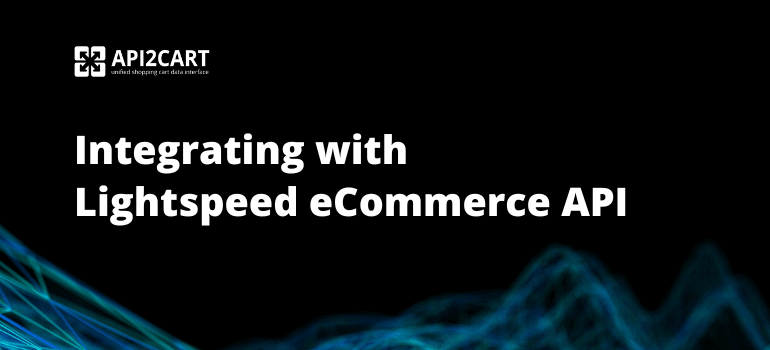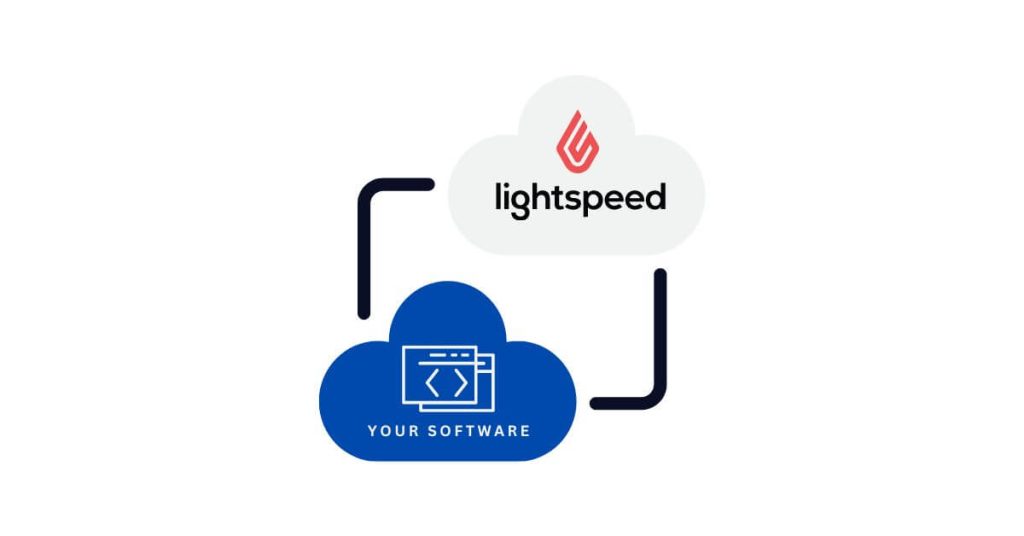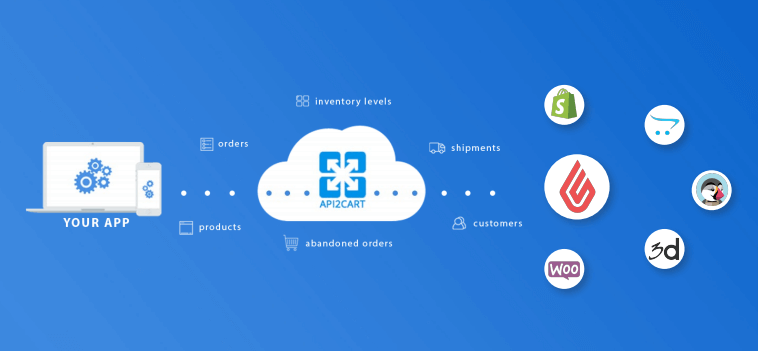
Introduction
The competition in the eCommerce world is ruthless and software providers have to consistently transform to offer an attractive value proposition. Considering the fact that your software is designed to serve the needs of online businesses, Lightspeed eCommerce integration is the strategic step you should not ignore.
This tutorial covers the intricacies of Lightspeed eCommerce API integration and gives you the know-how and tools to transform your software into a vital asset for Lightspeed users. By the end of this post, you will be completely familiar with the API layout, development techniques, best practices, and possible problems so that you can successfully integrate Lightspeed eCommerce, which will take your software to a new height.
Overview of Lightspeed eCommerce Platform
Lightspeed delivers a cloud based platform which is operated as a SaaS (Software as a Service) model and gives access to anyone with all the advantages of scalability.
API (Application Programming Interface) is well-established in Lightspeed, which allows easy connection with multiple external applications. Nevertheless it is recommended that the developers should be aware of RESTful API principles and Lightspeed's official API documentation for smooth integration.
Lightspeed is one of the eCommerce platforms with over 80.000 online stores globally. Lightspeed as a brand has a presence in a wide number of countries, but it has the highest popularity in North America, Europe, and Australia.
Benefits of Using Lightspeed eCommerce API
Lightspeed offers an RESTful API architecture that is proven and well established. This translates to that you will be using the common HTTP methods (GET, POST, PUT, DELETE) for the data exchange, thereby integrating and reducing the learning curve. Also, the API provides a complete suite of built in functionalities readily available through the well-defined endpoints. These endpoints are designed to cater to the core eCommerce operations which include product management (create, delete and update products), order processing (retrieving, updating order status, handling refunds), inventory control (real-time stock level monitoring, multi-channel inventory synchronization), customer management (data access, account management), and shipping integration (cost calculation, streamlining fulfillment).
Lightspeed, in turn, prioritizes data security by using robust authentication protocols such as OAuth 2.0 that allow for secure communication between your software and the Lightspeed platform. Moreover, the API employs various encryption techniques to ensure data security.
Common Integration Challenges with Lightspeed API
Generally, integration of your eCommerce software into Lightspeed will open new doors, but you must get it right.

Lightspeed shopping platform applies OAuth 2.0 to ensure a secure authentication. This is achieved though obtaining access tokens which are used to allow for your software to interact with the API.
Lightspeed's API is made up of diverse endpoints which all aim for specific purposes. This is the reason why one needs to go through the API documentation to identify the endpoints available, the parameters they accept, and the response structures.
Real-time integrations encounter errors. The API of Lightspeed uses a HTTP status code for error transmission. You have to include very good error handling options in your code and send proper information to users in case of errors.
Strategies to Overcome Integration Hurdles
Building a Lightspeed eCommerce API connection may have its rewards, but it also has some integration issues.
Creating and maintaining custom integrations is a developer resource-intensive and time-consuming task. Look at a unified integration solution like API2Cart.
API2Cart functions as a buffer, dealing with API complexities and updates on your behalf. The team keeps your integration up-to-date and in sync with the latest Lightspeed eCommerce API modifications. This saves you time and resources and results in a better integration.

Lightspeed API errors and data inconsistencies between your software and Lightspeed may cause system failures. API2Cart provides robust error handling mechanisms to make your integration work smoothly in unexpected situations.
API2Cart empowers you to work with a comprehensive range of store data across various eCommerce platforms and marketplaces, including Lightspeed. The key data categories you can access and manage through API2Cart are products, prices, orders, categories of products, customer details, etc.
Sign up for a free account and explore API2Cart functionality. Follow the clear instructions to connect your clients' Lightspeed store. Use API2Cart's features to manage data, synchronize orders, and access customer information. Start your free trial today and unlock the power of seamless Lightspeed eCommerce API integration!



